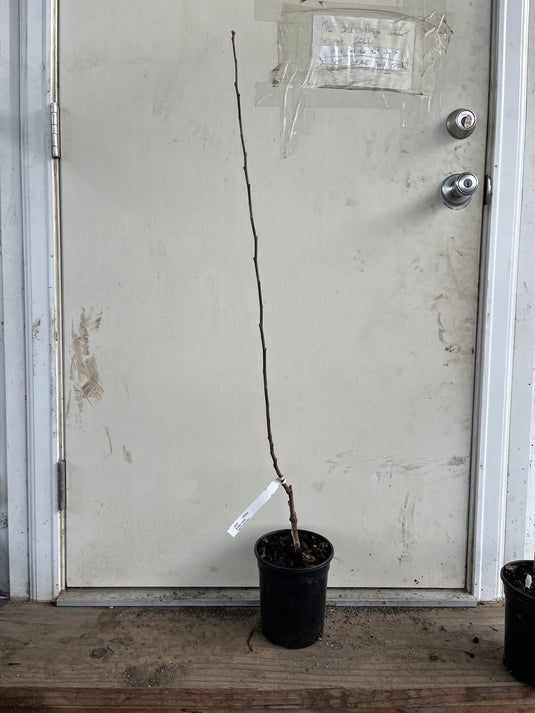
bloom time
April,
May
chill hours
400
- 500
hardiness zone
4
- 9
latin name
Mespilus germanica
pollination requirements
partially self-fertile, but for a bountiful harvest, it's recommended to have more than one tree or plant it near other compatible fruit trees to encourage cross-pollination.
propagation
Breda Giant medlars can be propagated by cleft-grafting onto other medlars, apple, or quince. When grafting, the graft union should be two inches above the soil surface.
site and soil
Full sun location. Medlars will grow in a range of soil types provided the planting location is well drained.
size at maturity
6 ft
- 15 ft
Size at Maturity
10 ft
yield
[400,500]
bloom time
April,
May
chill hours
400
- 500
hardiness zone
4
- 9
latin name
Mespilus germanica
pollination requirements
partially self-fertile, but for a bountiful harvest, it's recommended to have more than one tree or plant it near other compatible fruit trees to encourage cross-pollination.
propagation
Breda Giant medlars can be propagated by cleft-grafting onto other medlars, apple, or quince. When grafting, the graft union should be two inches above the soil surface.
site and soil
Full sun location. Medlars will grow in a range of soil types provided the planting location is well drained.
size at maturity
6 ft
- 15 ft
Size at Maturity
10 ft
yield
[400,500]
Use left/right arrows to navigate the slideshow or swipe left/right if using a mobile device
